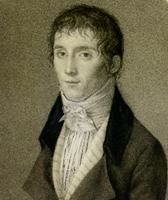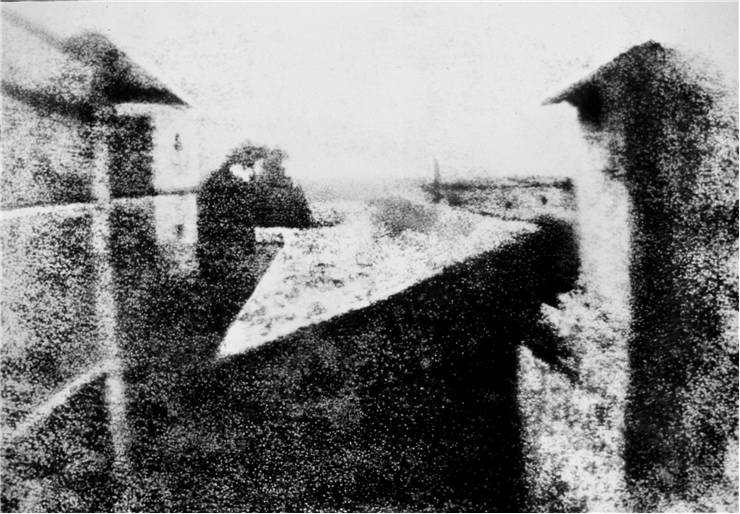Nicéphore Niépce Biography - Heliography Inventor
Nicéphore Niépce (born Joseph Niépce 1765 - 1833) was an inventor from France. He is considered the inventor of photography, although he had other inventions.
Niépce was born on 7th March 1765 in Chalon-sur-Saône, Saône-et-Loire in France. His father, Claude Niépce, was a wealthy lawyer there, and his mother was Claudine Josephe Barault. Niépce had two brothers and a sister. He studied at Oratorian College in Angers, where he changed his name from Joseph to Nicéphore in honor of Saint Nicephorus, the ninth-century Patriarch of Constantinople. Nicéphore served as a staff officer in the French army in the time of Napoleon and, after that, as an administrator of Nice. In 1795 he decided to do scientific research with his brother Claude and resigned.
We don’t know when he started experimenting with photography, but his interest inspired him in the new art of lithography and camera obscura. In 1816, he used camera obscura and paper coated with silver chloride to capture small images. They were negative and not fixed, so they would turn completely black when exposed to the light. Experimenting with other substances, he found Bitumen of Judea - asphalt found in nature that artists used to make etchings. This bitumen had the characteristic of becoming less soluble after it had been left exposed to light. He dissolved bitumen in lavender oil and covered a metal plate with it. When it was dried, the plate was covered with paper with a drawing on it and left in the sun like that. After some time, unshielded bitumen would harden while the shield was still soft and could be removed with solvent. Bare plate parts could then be etched with acid, and the plate could be used for printing. Niépce called this method heliography, meaning "sun drawing." His first images with this method were made in 1822, but they don’t survive to this day. In 1825 he made copies of a 17th-century engraving of a man with a horse that survived. They represent the oldest photocopies. In 1824, Niépce used, for the first time, bitumen plates in camera obscura to take a picture. This picture of the view from a window in his house didn’t survive, but he made another like it in 1826 or 27, which is considered the oldest surviving photography. It was considered lost in the early 20th century, but photographic historian Helmut Gernsheim found it in 1952. Time of exposure was at first thought to be 8 to 9 hours, but some researchers that used the same technique think that a picture like that that used the same materials needs several days of exposure to produce the same results.
At the same time, Louis Daguerre also experimented with photography, so in 1829, Niépce partnered with him. They together improved the method, and their partnership lasted until Niépce died in 1833. Daguerre continued experimenting and developed the process that he called the "daguerréotype." He managed to persuade French Government to purchase the daguerréotype process and reward Daguerre (with 6,000 Francs a year) and Nicéphore’s son Isidore (4,000 Francs a year) with lifelong pensions. Isidore wasn’t too happy because he thought Daguerre was reaping all the benefits of his father's work. Later historians rectified this error and reclaimed Niépce from relative obscurity.
Nicéphore Niépce didn’t work only on photography. He and his brother invented “Pyréolophore” - probably the world's first internal combustion engine; an improved variant of vélocipède - the predecessor of the bicycle; and an improved variant of the Marly machine whose purpose was to deliver water to the Palace of Versailles from the Seine river.

